
What lies behind our reluctance to embrace the horseshoe crab as a creature to be treasured and valued? For much of the past century the horseshoe crab was used as fertilizer for farms and driven nearly extinct by over-fishing. At the end of the twentieth century, Limulus polyphemus finds itself at the center of a tug of war-- of interest to commercial fishermen as bait for conch and eels; to birders as a source of eggs for migrating shorebirds; to biomedical companies for the clotting and antibacterial capacity of its blood.
Fishermen have used them as bait for their livelihood for years. Currently, there is experimentation with artificial bait that eels and conch respond to as eagerly as horseshoe crab legs…I fervently hope they are successful. I’d hate to see people suffer because of a moratorium on the Horse shoes, but it sure looks like they need some protection, because
Scientific researchers have discovered that the blood of a Horseshoe Crab protects them from infection. An extract of it’s blood is used by the pharmaceutical and medical device industries to produce drugs and vaccines that are free from bacterial contamination. While this is great for humanity, numerous crabs die in the process of blood extraction.
Finally, they are key to the survival of a migratory bird known as the Red Knot. Simply said, these birds fly from South America north to the Arctic breeding grounds, stopping over along the Atlantic Coast to gorge themselves on Horseshoe Crab eggs so they have the fuel to make to the breeding grounds; 10 other species also feed on the eggs but not to such exclusivity.
The destruction of their eggs nests is so severe that it is estimated that only 10 percent of the eggs actually hatch. The little horseshoes also have predators so fewer and fewer actually make it to adulthood.


Oh...if you happen to see one on its back, just flip it over. Don't use the tail, just touch the edge of the shell and flip it. This is a movement that they cannot accomplish without help. You will save its life. It will be grateful.

The sign that I saw at Cedar Key was the beginning of our awareness that these little guys need as much protection as they can get if they and the Red Knots are to survive all the other assaults they must endure.


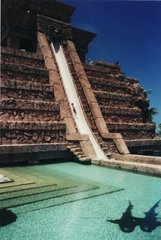


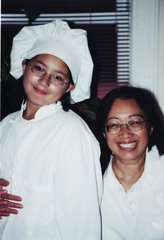


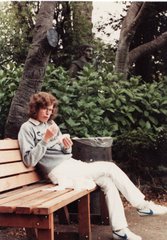
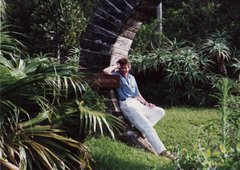

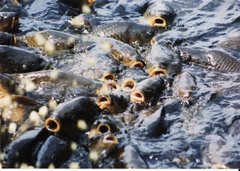
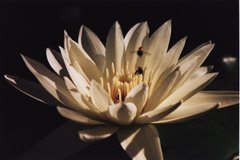
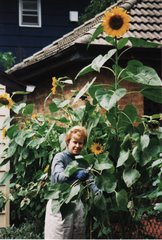
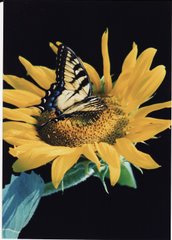


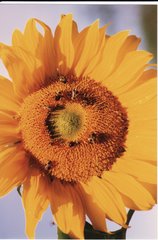
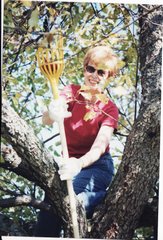
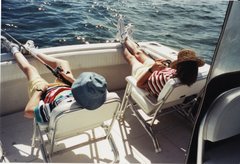
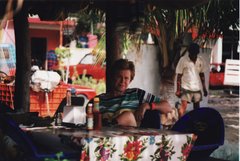

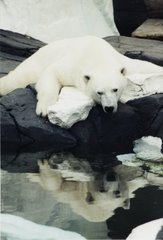
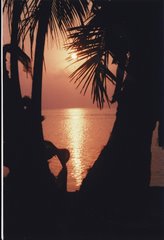
No comments:
Post a Comment